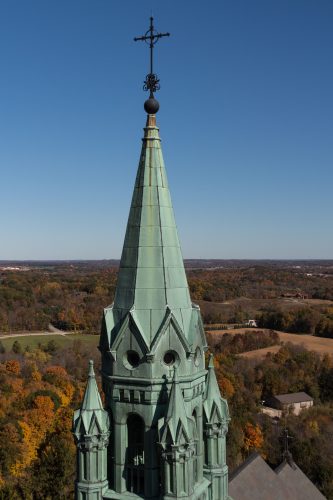
The vivid colors of fall offer nearly endless opportunities for photography. Everywhere you look, it seems as though another great photo is presenting itself. Brush up on a few tips before heading out for shoots this fall to make the most of the gorgeous season.
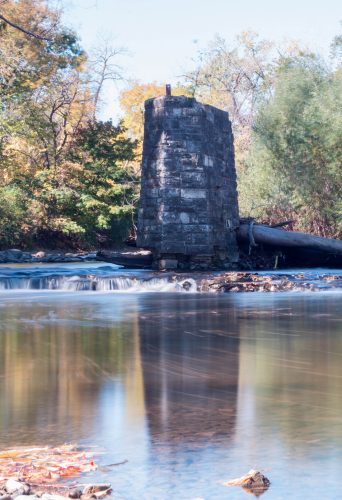
Choose your locations carefully
Researching locations ahead of time allows you to prepare for shooting properly. When you arrive at the location, you’ll be able to make the most of your time there. Whenever possible, seek out locations with a wide range of tree species for maximum variation in colors, shapes, and textures. Try to plan at least one or two outings just after sunrise or right before the sun sets to capture the location bathed in soft, golden light, highlighting the already stunning colors.
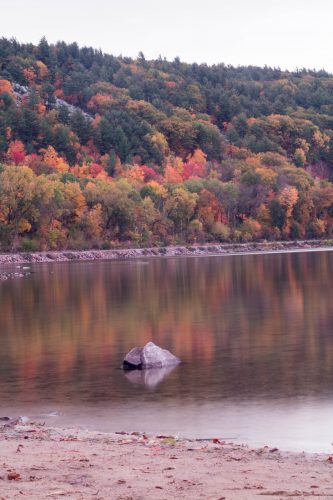
Seek out water reflections
Shooting autumn colors in reflection creates beautiful, abstract images. Ideally, the reflected foliage is in the sun while the rest of the scene is in the shade. This lighting combination offers a perfect blend of colors. On sunny days, you may have to experiment with your white balance either in camera or during post-production to bring out the autumn shades while still retaining the blue water color.
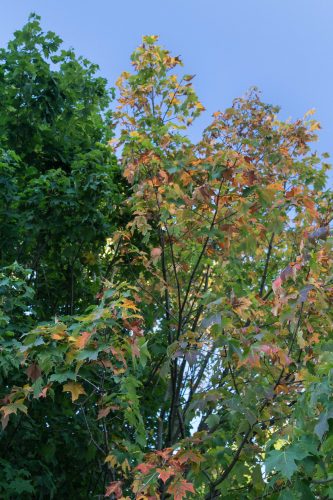
Pay attention to the colors
Of course, the vivid foliage colors are key for most fall photography shots. You want to take care to portray these colors as accurately as possible. Shooting in harsh light or going overboard during post-production may result in washed out or overly saturated images. Consider shooting with a circular polarizer (CPL) filter to minimize glare and enhance the colors. Check your histogram while you’re shooting to evaluate the overall exposure as well as the individual color channels to correct clipping.
As you capture fall colors, strive to capture single colors as well as color combinations. A grove of trees with different colored leaves or a single tree framed against a blue sky may make for a more interesting shot than a single tree with all red leaves.
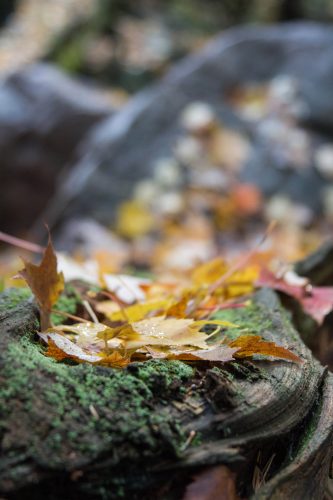
Focus on the details
While you’re looking for fall photography locations, consider the small details in the scene. Shoot multiple subjects from multiple angles. Some of your best shots may end up being the less than obvious shots, such as a macro shot of a single leaf, a leafy tree shot looking straight up, or just the reflection of trees in a pond without the trees themselves.
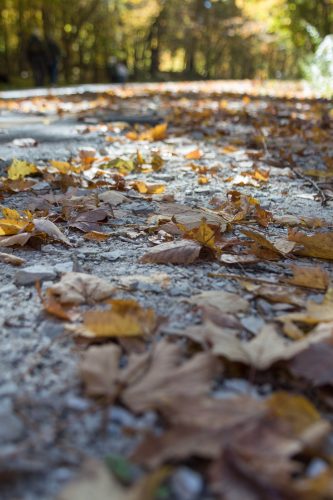
Shoot in mixed light
Shooting in mixed lighting creates a unique lighting environment to maximize color intensity and brightness. Early morning and late afternoon are the best times of day for attempting mixed lighting shots because the light is softer than it is during mid-day. One of the most popular mixed lighting environments for fall photography is running water in streams and waterfalls. When the water is in the shade and the light is falling on the trees, you’ll have a pleasing balance of cool and warm tones. Shoot with a tripod and take long exposures to soften your images even further.
Finally, it’s easy to get so caught up in the amazing fall colors and stunning scenery they provide that you forget about your basic composition techniques. Vivid reds and oranges aren’t enough to make a great photo. You still need to create a well-framed shot using techniques such as the rule of thirds and leading lines. Equipped with your new photography tips, you’ll be able to create truly breathtaking images this fall.
Copyright/DMCA Notice: The RSS entry was originally published on Photography Bay. RSSID#794326